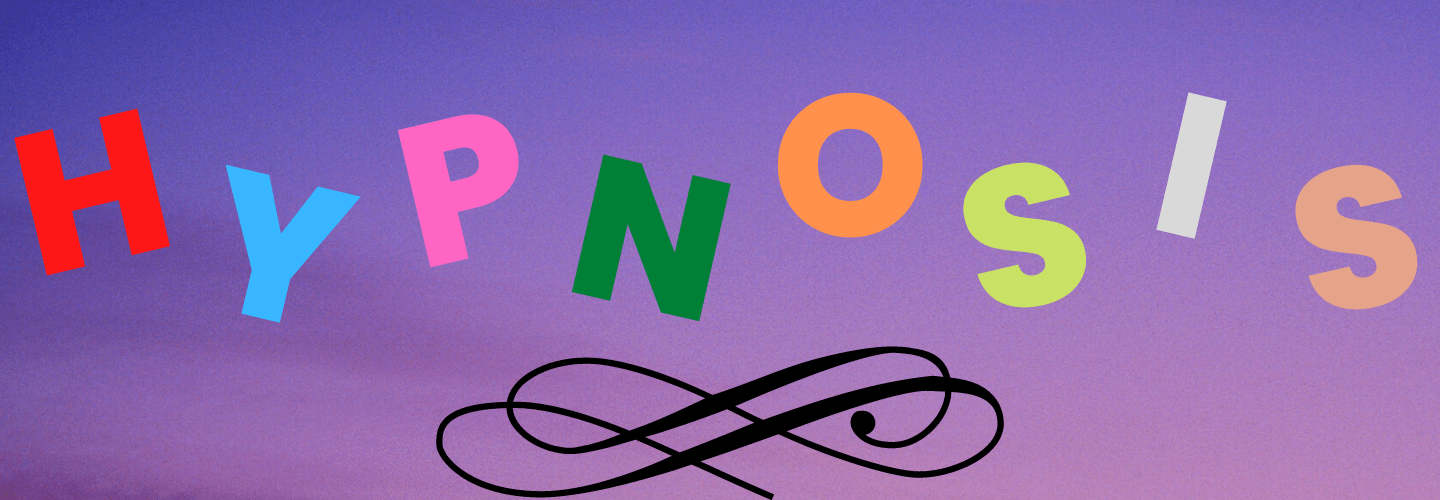
Conquering the fear of nakedness involves a multifaceted therapeutic approach that integrates techniques from hypnosis, Emotional Freedom Techniques (EFT), and Neuro-Linguistic Programming (NLP). These methods address the underlying psychological triggers and distorted self-perceptions that fuel gymnophobia. By fostering a calmer mental state, releasing emotional blockages, and reframing negative thoughts, individuals can enhance their body confidence and reduce anxiety. Implementing these strategies holistically offers a pathway to reclaim self-assurance and emotional stability, guiding individuals towards more thorough healing and empowerment.
Key Takeaways
- Hypnosis can facilitate deep relaxation, helping to manage subconscious anxieties about nakedness.
- EFT tapping targets emotional stress points, alleviating body image-related anxieties.
- NLP techniques reframe negative body perceptions into positive self-views, enhancing confidence.
- Regular self-affirmation exercises can bolster positive body image and reduce fear.
- Engaging in mirror gazing and journaling about body strengths shifts focus from vulnerabilities to appreciation.
Understanding the Fear of Nakedness
The fear of nakedness, or gymnophobia, profoundly affects individuals by undermining their mental and emotional well-being.
This phobia often stems from nakedness stigma, where societal norms and cultural perceptions create a sense of shame and vulnerability associated with exposure of the body.
People grappling with this fear may experience intense anxiety, avoidance behaviors, and a distorted self-image.
Analyzing these cultural influences reveals how deeply embedded ideals about modesty and decency can dictate one's comfort with their own body.
Understanding and addressing these underlying cultural and psychological factors is vital in helping individuals overcome their fear and reclaim confidence in their nakedness.
Therapeutic Approaches: Hypnosis, EFT, and NLP
Several therapeutic approaches, including Hypnosis, Emotional Freedom Techniques (EFT), and Neuro-Linguistic Programming (NLP), offer effective strategies for individuals grappling with the fear of nakedness.
Hypnosis benefits those affected by enabling deep relaxation and fostering a calm mental state, essential for addressing underlying anxieties about nudity.
EFT techniques, involving tapping on specific meridian points, allow for emotional release and help in managing stress associated with body exposure.
NLP focuses on altering detrimental thought patterns and instilling positive self-perception, assisting in overcoming deep-seated fears.
Together, these methods provide a thorough toolkit for tackling the psychological aspects of the fear of nakedness.
Integrating Hypnosis, EFT, and NLP for Effective Treatment

Integrating Hypnosis, Emotional Freedom Techniques (EFT), and Neuro-Linguistic Programming (NLP) into a cohesive treatment strategy offers a powerful approach for individuals confronting the fear of nakedness.
Hypnosis benefits include deep relaxation and subconscious fear management. EFT techniques facilitate emotional release through targeted tapping, addressing anxiety rooted in body image issues.
NLP strategies reframe negative perceptions, enhancing self-acceptance. This therapeutic integration fosters a thorough treatment environment where individuals learn to manage their fears effectively.
Together, these modalities create a dynamic framework that supports the journey towards healing, offering tools for sustained self-empowerment and a healthier relationship with one's body.
Building Body Confidence Through Positive Self-Perception
Building on the foundation set by integrating hypnosis, EFT, and NLP, enhancing body confidence through positive self-perception emerges as a natural progression in the therapeutic journey.
Central to this progression are self-affirmation exercises and visualization techniques. These methods empower individuals to shift their focus from negative to affirmative views of their bodies.
By consistently practicing self-affirmations, individuals rewire their thought patterns, promoting a healthier self-image.
Simultaneously, visualization techniques enable the formation of a vivid, positive body image in the mind's eye, which can greatly reduce feelings of anxiety and inadequacy related to nakedness.
Practical Techniques for Enhancing Body Positivity

While enhancing body confidence is a multifaceted endeavor, practical techniques for boosting body positivity are essential to the therapeutic process.
Encouraging self-acceptance, these methods focus on reshaping one's body image through positive affirmations and mindful awareness. Exercises like mirror gazing, where individuals speak affirmations to their reflections, help in fostering a kinder self-dialogue.
Additionally, journaling about one's body strengths rather than flaws shifts focus from criticism to appreciation. These practices not only improve emotional well-being but also empower individuals to embrace their physical uniqueness, laying a strong foundation for sustained mental health and self-esteem.
Addressing Potential Risks and Side Effects of Therapies
Although therapeutic techniques such as hypnosis, Emotional Freedom Techniques (EFT), and Neuro-Linguistic Programming (NLP) offer significant benefits for overcoming the fear of nakedness, it is essential to take into account the potential risks and side effects associated with these therapies.
- Emotional Distress: Intense emotional reactions during sessions.
- Dependency: Over-reliance on therapy without fostering independent coping skills.
- Misguided Expectations: Unrealistic hopes about the speed or effectiveness of therapy outcomes.
- Therapy Limitations: Ineffectiveness for some due to underlying psychological issues or mismatched therapy methods.
- Side Effects: Potential discomfort or worsening of symptoms initially as emotional layers are unpacked.
Monitoring Progress and Adjusting Treatment Strategies
How can progress be effectively monitored and treatment strategies adjusted in the journey to overcome the fear of nakedness? Regular progress tracking and treatment modifications are essential. For an organized approach, consider the following table:
| Progress Indicators | Adjustments Needed |
|---|---|
| Anxiety Level | Increase Exposure Sessions |
| Confidence Measure | Intensify Positive Reinforcement |
| Session Comfort | Modify Therapeutic Techniques |
| Feedback from Client | Tailor Support Systems |
| Behavioral Changes | Adjust Frequency of Sessions |
Encouraging Professional Support and Self-Help Resources
Seeking professional support and utilizing self-help resources are critical steps in effectively managing the fear of nakedness.
Professional guidance guarantees tailored strategies that tackle individual triggers and emotional responses effectively.
Meanwhile, self-help strategies empower individuals to actively participate in their recovery process, enhancing the efficacy of professional treatments.
- Consult a psychologist who specializes in phobia management.
- Engage in self-directed exposure practices gradually.
- Utilize online support groups for community and encouragement.
- Incorporate mindfulness and relaxation techniques daily.
- Read educational books and articles to better understand and combat this fear.
Frequently Asked Questions
How Does Age Affect the Treatment of Fear of Nakedness?
Age affects treatment of fear of nakedness by considering age-related triggers and developmental influences. Tailored therapy addresses specific stages of emotional maturity, enhancing the effectiveness of interventions for lasting confidence and fear management.
Are There Gender Differences in Responding to These Therapeutic Techniques?
Gender differences may influence therapeutic outcomes when addressing fears. Men and women often respond differently due to societal expectations and personal experiences, affecting the efficacy of treatments like hypnosis, EFT, and NLP.
Can These Therapies Help With Other Phobias or Anxieties?
Maneuvering the labyrinth of the mind, therapies like exposure therapy and cognitive restructuring extend their reach beyond singular phobias, promising relief for a spectrum of anxieties through systematic desensitization and reframing cognitive distortions.
How Do Cultural Differences Impact the Effectiveness of These Therapies?
Cultural differences greatly influence therapy approaches' effectiveness, as varying cultural perceptions on nudity and mental health can affect acceptance and outcomes of treatments such as hypnosis, EFT, and NLP.
What Are the Long-Term Benefits of Overcoming Fear of Nakedness?
In the Victorian era, overcoming fear of nakedness leads to enhanced self-acceptance and confidence building. Long-term benefits include improved mental health, relationships, and a healthier body image, fostering an overall sense of personal empowerment and well-being.
Conclusion
To sum up, the journey toward overcoming gymnophobia through hypnosis, EFT, and NLP represents a beacon of hope for many. These tailored therapeutic strategies not only dismantle fears but also rebuild self-esteem, offering a new horizon of body positivity. As individuals progress, they rediscover their personal power, casting aside shadows of doubt. This transformative path underscores a profound truth: embracing one's physical self can indeed lead to profound emotional and psychological liberation.





